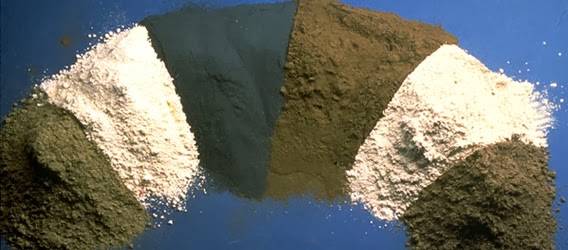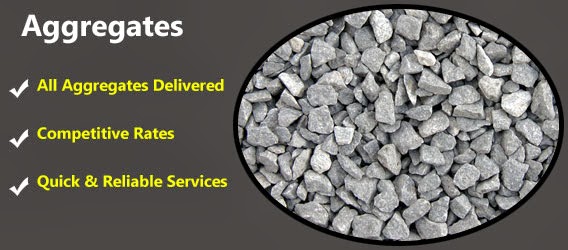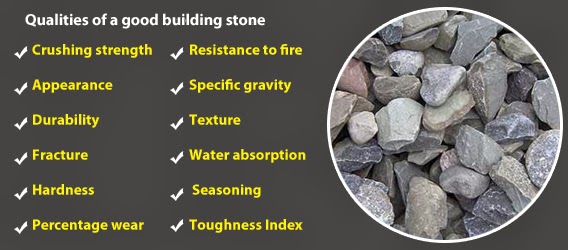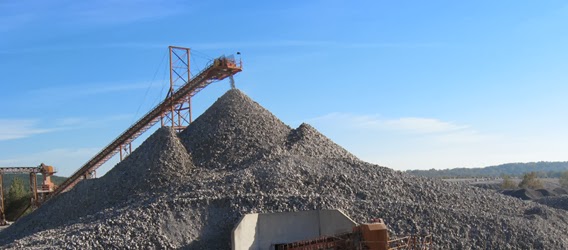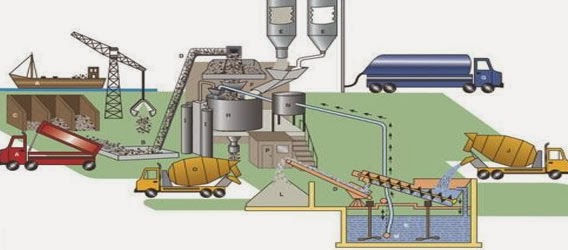 |
| The Many Uses of Ready-Mix Concrete |
Ready-mix
concrete comes from manufacturers and plants ready for delivery and mixing at
work or project sites. With the use of a concrete mixer, one can get a precise
mixture of concrete for the project. Using this type of cement material
eliminates too much confusion at the work site. It also saves considerable
amount of time because it requires less time to prepare than concrete prepared
from scratch.
Cements,
sands, aggregates (gravels) and water are the main contents of the mixture. It
has the same ingredients as the ones that are not except that instead of
carrying and mixing the raw materials at the site, the ready-mix arrives at the
site on mixer trucks already pre-mixed and ready to use. Adding different
additives and aggregates offsite and then delivering onsite for a different
project based upon the specification of the customer is another feature of the
ready-mix concrete. Different textures, finishes and colors are also available
in ready-mix form.
Using
ready-mix concrete eliminates having to carry and mixing the materials on site,
which is a painstaking process. It eliminates errors that come with wrong
measurement of water and the concrete materials. Using ready-mix saves time and
effort. Big projects take less time to complete after pouring in the mixture
using the transit mixer. The quality of the product is also much better than
those that come in a non-ready mixed form.
Ready-mix
concrete has a big potential in a lot of building projects. Aside from using it
on big infrastructure projects such as building bridges, highways and huge
buildings, we see this type of concrete as the choice of homeowners when
building driveways, walkways made of concrete. Some homeowners choose concrete
for their kitchen and bathroom countertops and as floorings. Stained concrete
floors and counters provide a rustic look and patina adding more character to
the interior of the home.
When using
ready-mix concrete one must work with caution. One must ensure that there is
enough space for the transit mixer. In addition, the location should be strong
enough to handle the weight of the transit mixer and the concrete. The workers
practice caution when working with the concrete mixer, by avoiding standing
near the way of the mixer, especially when operating and pouring concrete.
Accidents can and do happen which can endanger the well-being of the workers.




